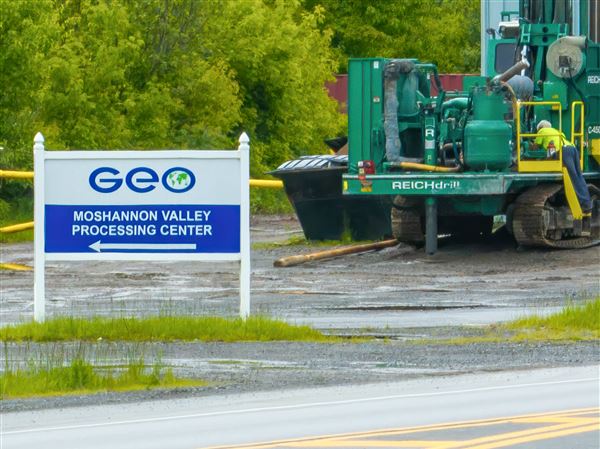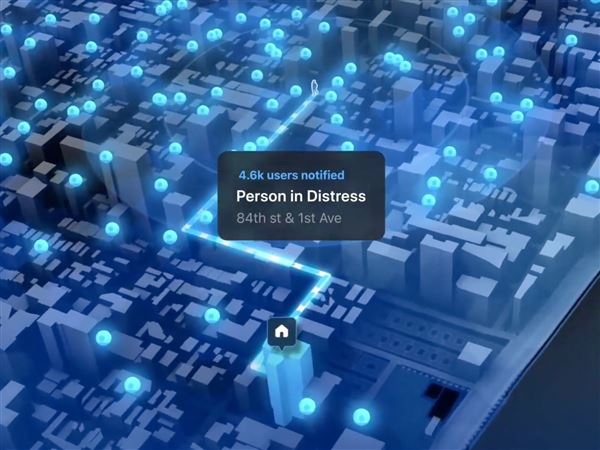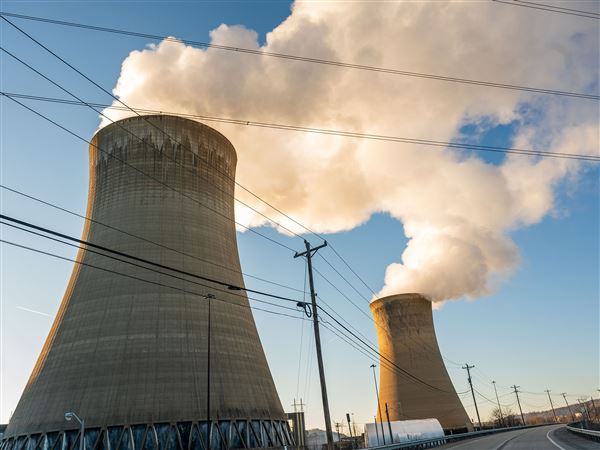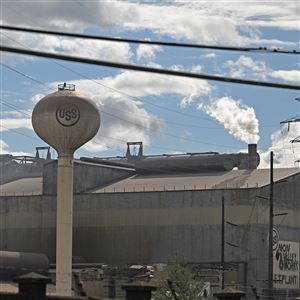TOKYO -- Scrambling to corral a widening crisis, engineers linked a power cable to the crippled Fukushima Daiichi Nuclear Power Station early today as they struggled to restart systems designed to prevent overheating and keep radiation from escaping.
The Tokyo Electric Power Co., which runs the station 140 miles north of the capital, said it hoped to connect the electric cord to the cooling equipment inside the facility later today (Japan time) in an attempt to stabilize the reactors that were damaged by the powerful earthquake and tsunami that struck Japan eight days ago.
They were planning to start with Reactor No. 2, which was seen Friday spewing steam, perhaps containing radioactive particles. Engineers apparently think that reactor is better suited to test whether the pumps needed to circulate cooling water will function than other reactors that are more severely damaged.
Officials cautioned that restoring electricity to the reactor would prove fruitless if the pumps were not working. In that case, a new cooling system would be needed -- leading to more delays in an emergency that has bedeviled the power company and the government, and caused anxiety and frustration overseas.
Japan's Nuclear and Industrial Safety Agency said the crisis now had wider consequences and raised its assessment of the accident's severity to a Level 5 on a seven-level scale established by the International Atomic Energy Agency.
Hidehiko Nishiyama, a senior official at the Japanese agency, said the assessment was retroactive to Tuesday and based on the fact that officials now assumed that more than 3 percent of the plant's nuclear fuel had experienced meltdown. The adjustment was an admission that the problem was worse than Japanese officials had initially stated. "We could have moved more quickly in collecting information and assessing the situation," chief Cabinet Secretary Yukio Edano said.
Outside experts have said for days that this disaster, now in its second week, is worse than the one in 1979 at Pennsylvania's Three Mile Island -- which the United States classified as a 5 on the international scale, but which released far less radiation outside the plant than Fukushima Daiichi already has.
Even if the new electric cable succeeds in jumpstarting the Reactor No. 2 cooling equipment, much work remains. Reactors No. 3 and No. 4 have sustained severe damage. Tokyo Electric Power is also trying to get power cables to those two reactors by late Sunday, according to NHK, Japan's national broadcaster.
Unable to contain the catastrophe on its own, Tokyo Electric has received help from Japanese police and fire departments and the country's Self-Defense Forces. Assistance has started to flood in as well, with nuclear experts arriving from the United States and international agencies. France and South Korea are also providing support.
Overnight Friday and into today in Japan, Tokyo Fire Department firefighters doused water on Reactor No. 3, which was doused earlier Friday by Self-Defense Forces and U.S. military teams.
In a further sign of spreading alarm Friday that uranium in the Japanese plant could begin to melt, Japan planned to import about 150 tons of boron from South Korea and France to mix with water to be sprayed onto damaged reactors, French and South Korean officials said Friday. Boron absorbs neutrons during a nuclear reaction and can be used in an effort to stop a meltdown if the zirconium cladding on uranium fuel rods is compromised.
Tokyo Electric Power said this week that there was a possibility of "recriticality," in which fission would resume if fuel rods melted and the uranium pellets slumped into a jumble on the floor of a storage pool or reactor core. Spraying pure water on the uranium under these conditions can actually accelerate fission, said Robert Albrecht, a longtime nuclear engineer.
Nuclear reactions at the plant were halted soon after last week's 9.0-magnitude earthquake and tsunami.
In the past two days, Japanese officials have focused on cooling spent fuel rods in a Reactor No. 3 storage pool, but Friday steam was seen rising from Reactor No. 2. That reactor was one of two hit by an explosion Tuesday.
Additionally, a senior Western nuclear industry executive said Friday that there also appeared to be damage to the floor or sides of the Reactor No. 4 spent fuel pool, and that this was making it extremely hard to refill the pool with water. The problem was first reported by The Los Angeles Times.
Engineers said Thursday that a rip in the stainless steel lining of the Reactor No. 4 pool and the concrete base beneath it was possible as a result of quake damage. Steel gates at either end of the storage pool also are vulnerable to damage during a quake and could leak water if they no longer close tightly.
The senior executive, who asked not to be identified because his comments could damage business relationships, said a leak had not been located, but that engineers had concluded that it must exist because water sprayed on the storage pool had been disappearing much more quickly than would be consistent with evaporation.
Plant technicians focused Friday on fixing electrical connections at Reactor No. 2 and spraying more water on Reactor No. 3 while studying the problem at No. 4.
First Published: March 19, 2011, 4:00 a.m.
















